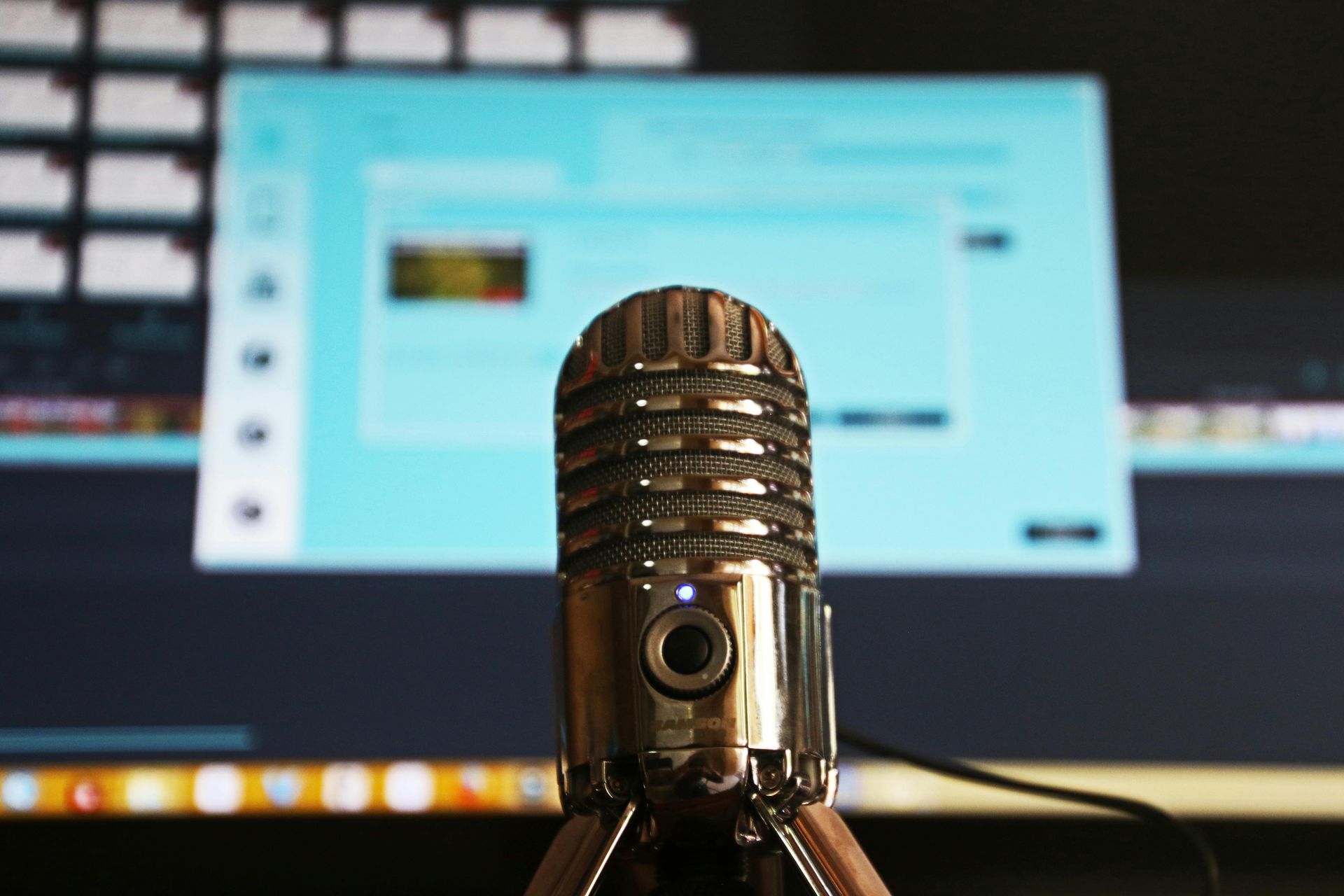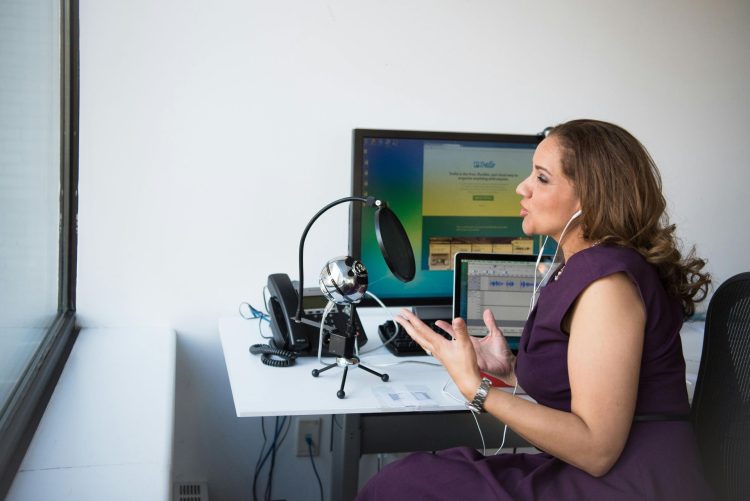Podcasts are the internet’s modern frenzy, with about 5 million podcasts across various niches, including sports, tech, fashion, and politics. They’ve allowed creators to connect with global audiences and make good money while at it. If you’ve been mulling to start your podcast, now’s the best time to make it happen.
Starting your podcast from scratch can be a tad intimidating. However, there are free resources online to get inspiration. Whether you’re a mental awareness, tech, health, or gaming enthusiast, take a look at this site for inspiration. Today’s guide gets into the nitty gritty of launching your podcast in a few simple steps.
Here are the steps to creating your podcast and getting subscribers.
1. Choose a niche or subject you’re interested in
First, you’ll want to narrow down to a niche or topic that interests you. Find out why you want a podcast, and what you want to achieve with it. You might want a hobby, to promote a business, or build a community.
Pick a niche that aligns with your objectives and appeals to your target audience. Also, ensure the niche is broad enough to cover a range of topics over multiple episodes.
2. Pick a name for a podcast
Next, you’ll need a snappy name for your podcast. Come up with something that matches your brand and is commonly searched for on search engines.
Here are a few pointers for coming up with a good podcast name:
- Limit your name to at most 4 words
- Keep it snappy but fascinating
- Avoid words like “the” and “podcast (too cliche)
- Steer clear of punctuation and fancy letters
Remember to come up with titles and ask different people about their opinions. This will help you whittle down to at most three good names before settling for the best one.
3. Plan your episodes
Once you have a niche and a name, it’s time to plan your episodes. To do so, you must outline what you want to cover in each episode. As a rule of thumb, start with the main topics and the crucial touch points you want to cover in each episode.
You can also draft a list of guests you may want to invite for each episode. A content calendar is a great way to plan your episodes and ensure organization and consistency in your podcast release schedule.
4. Gather your equipment
Once your calendar is ready, dig into your pockets to buy some podcasting gear. This might include a microphone, headphones, a PC, and recording software like Logic Pro or Adobe Audition.
You don’t need over-the-top equipment for a beginner podcast. However, consider investing in decent equipment that perfectly balances quality and affordability. Create a checklist and cross off every piece of equipment one by one until
5. Record your first episode

You’ll need a quiet space to record your first episode. You can use your room, attic, or even a walk-in closet. Soundproofing is unnecessary if you can find a silent room with minimum noise. You might need it if you live near a busy street or construction site.
Once you’re comfortable and free from distractions, you can set up your “studio” and get right into your podcast. It may take a few tries to get it right, so don’t worry if you need to do multiple takes.
6. Edit your podcast
Editing your podcast is refining the audio and creating a professional-sounding episode. Remove any mistakes or awkward pauses, add intro and outro music, and enhance the audio quality using editing software like Adobe Audition or Audacity.
7. Choose a hosting platform
Pick a podcast hosting platform such as Libsyn, Podbean, or Anchor to upload and distribute your episodes. These platforms provide an RSS feed, which you can submit to podcast directories.
8. Submit to directories
To reach a wider audience, submit your podcast to popular directories like Apple Podcasts, Spotify, Google Podcasts, and Stitcher. Each platform has its submission process, but most hosting services simplify this step by providing easy-to-follow instructions.
9. Promote your podcast
Building an audience takes time and effort. So, don’t forget to promote your podcast on social media, your website, and through collaborations with other podcasters. Engage with your listeners by asking for feedback and reviews, which can help increase your podcast’s visibility.
10. Monitor your metrics

Keep track of your podcast’s performance using analytics provided by your hosting platform. Pay attention to listener numbers, episode downloads, and listener feedback. Use this data to refine your content and improve future episodes.
Now be patient…
Creating your podcast is easy if you follow the above steps. Even famous podcasts like This American Life and Crime Junkies started from somewhere. Remember, podcasts take time to pick and you’ll need to be patient to see growth or actual returns. All the best with your new podcast.
Featured image credit: Christina Morillo / Pexels





